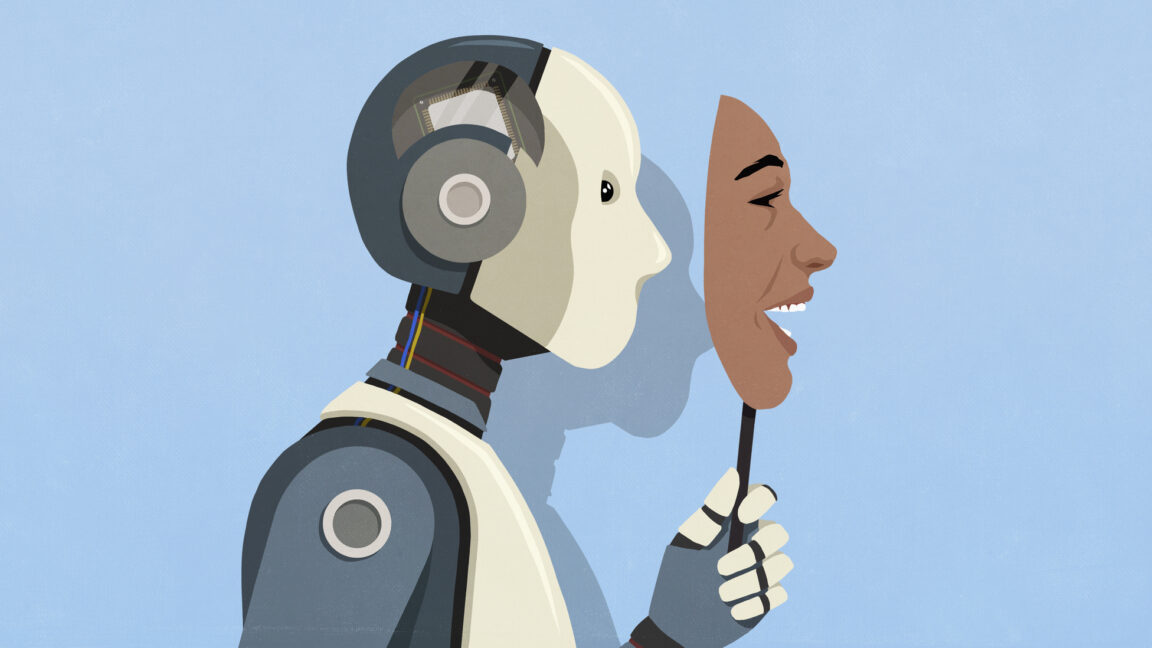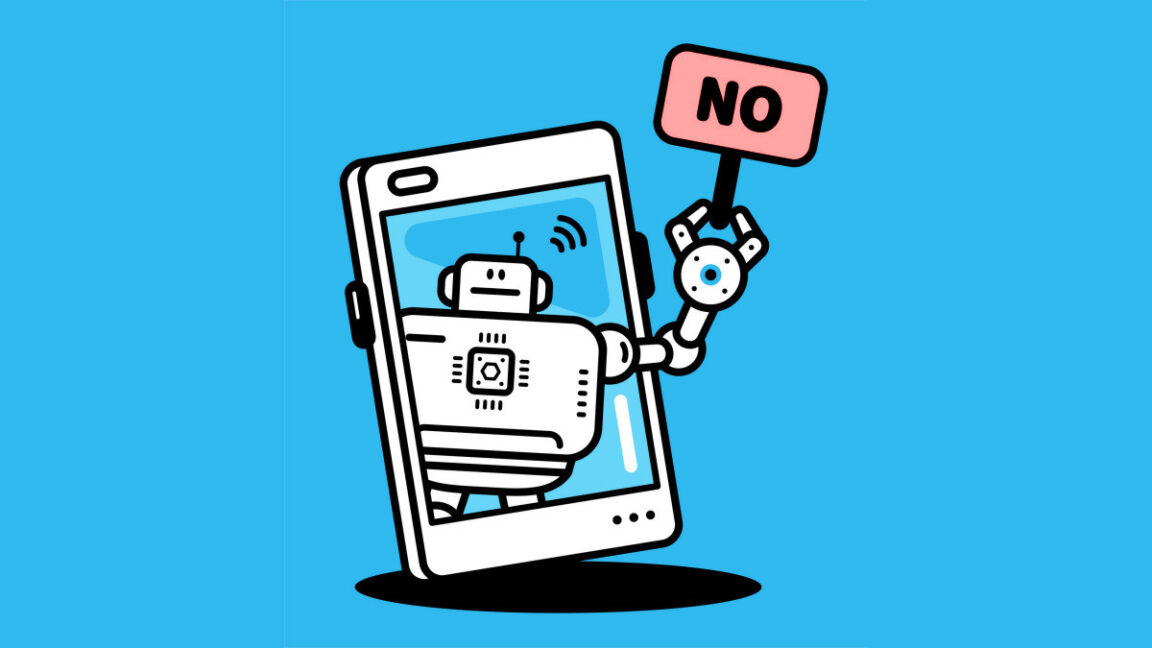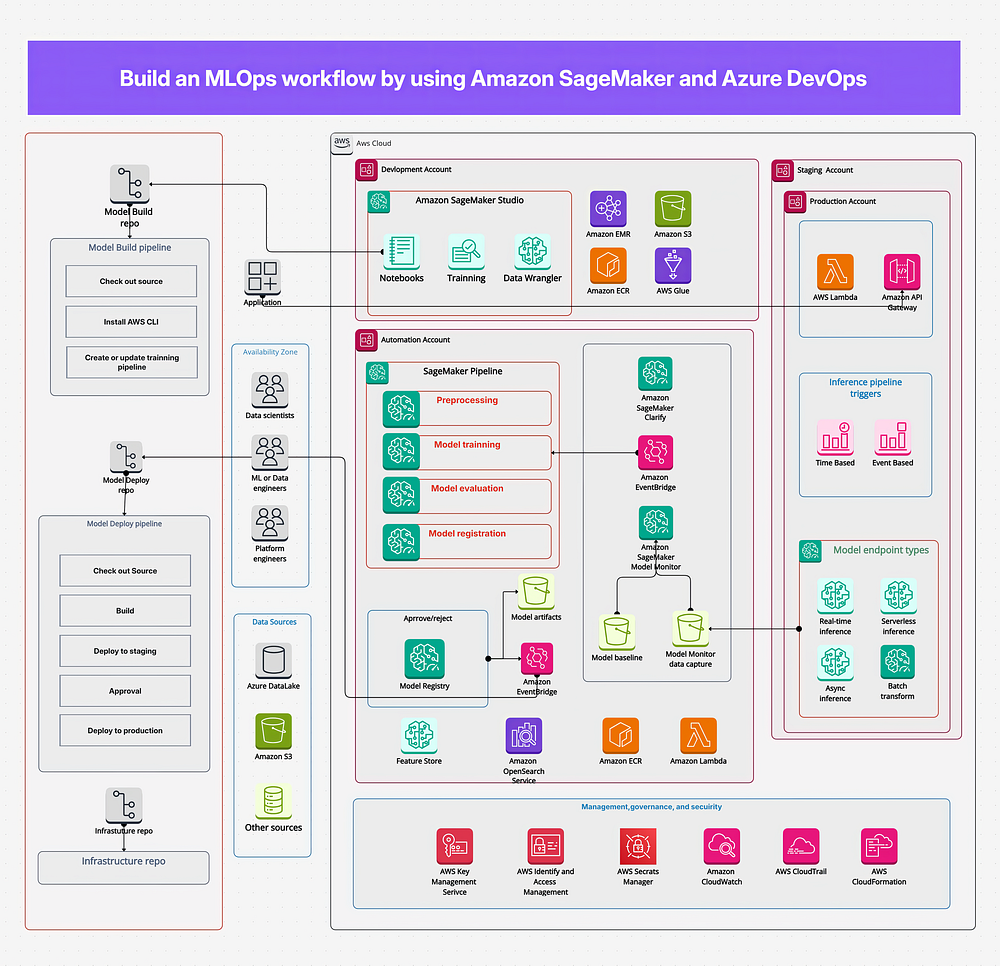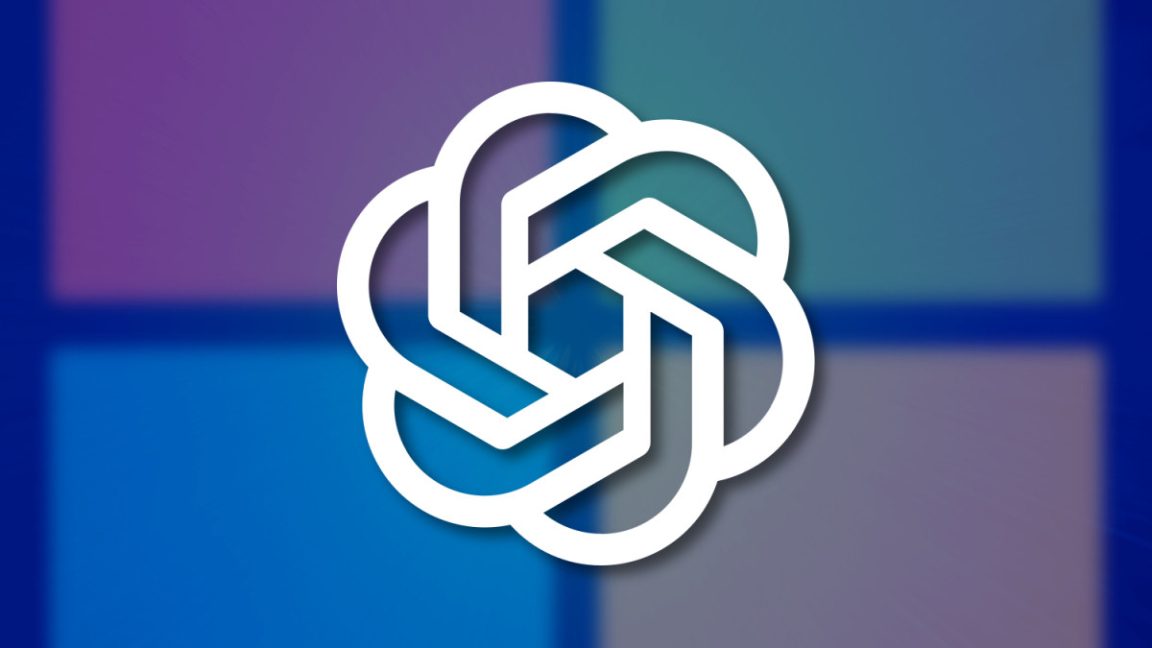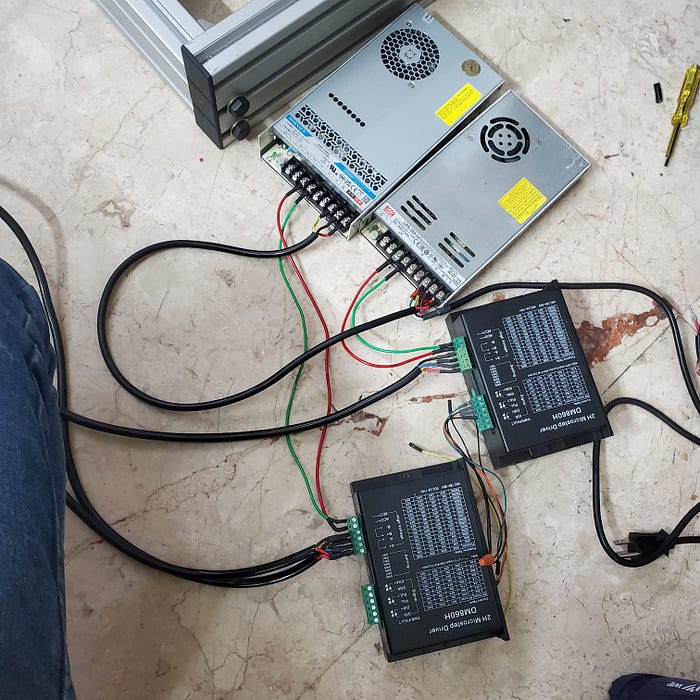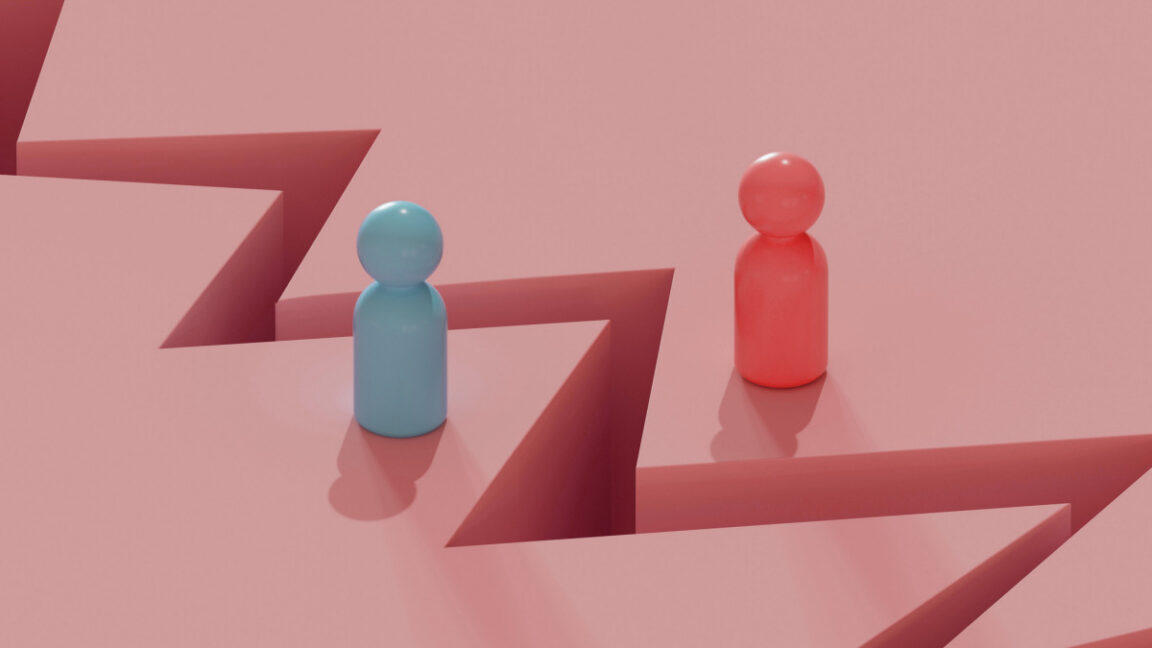Introduction to the Problem
When professors at the University of Illinois discovered widespread cheating among their students, they took a unique approach to address the issue. The cheating involved the use of AI tools to generate work, and the professors decided to contact the approximately 100 students who seemed to be involved.
The Professors’ Approach
The professors, Flanagan and Fagen-Ulmschneider, reached out to the students with a warning and asked them to explain their actions. Initially, the students responded with apologies, which started as a trickle but soon became a flood. However, upon closer inspection, the professors noticed that about 80 percent of the apologies were almost identically worded and appeared to be generated by AI.
Addressing the Issue in Class
On October 17, during class, the professors confronted the students about the cheating. They displayed a mash-up image of the apologies, each bearing the same "sincerely apologize" phrase. Although no disciplinary action was taken, the warning was clear: stop using AI to cheat. The professors hoped that this would be a "life lesson" for the students.
Student Reactions and Experiences
On a University of Illinois subreddit, students shared their own experiences with AI use on campus. Some teaching assistants reported that many students would use AI to solve problems, often using functions that hadn’t been taught in class. Others complained about students submitting AI-generated work, making it difficult to distinguish between genuine and fake submissions.
The Challenges of Detecting AI-Generated Work
One of the significant challenges in addressing AI-generated work is detecting it. Many AI detection tools are poor, leading to false accusations. Without these tools, accusations often rely on a hunch, which can be unfair to students who are innocent. This has led to some students feeling aggrieved and wrongly accused of using AI.
Conclusion
The incident at the University of Illinois highlights the growing problem of AI-generated work in academic settings. While the professors’ approach was lenient, it served as a warning to students about the consequences of cheating. As AI tools become more sophisticated, it’s essential for educators to develop effective strategies to detect and prevent AI-generated work.
FAQs
- Q: What happened at the University of Illinois?
- A: Professors discovered widespread cheating among students using AI tools and addressed the issue in class.
- Q: How did the professors handle the cheating?
- A: They contacted the students involved, asked for explanations, and displayed a mash-up of identically worded apologies in class, but took no disciplinary action.
- Q: What challenges do educators face in detecting AI-generated work?
- A: Many AI detection tools are poor, leading to false accusations, and without these tools, accusations often rely on a hunch.
- Q: Why is it important to address AI-generated work in academic settings?
- A: It’s crucial to maintain academic integrity and ensure that students learn and understand the material rather than relying on AI tools to complete their work.


